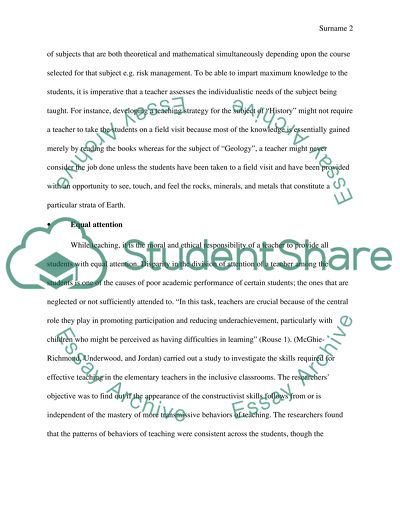Cite this document
(“Development of Teaching Strategies Research Paper”, n.d.)
Retrieved from https://studentshare.org/english/1466476-development-of-teaching-strategies
Retrieved from https://studentshare.org/english/1466476-development-of-teaching-strategies
(Development of Teaching Strategies Research Paper)
https://studentshare.org/english/1466476-development-of-teaching-strategies.
https://studentshare.org/english/1466476-development-of-teaching-strategies.
“Development of Teaching Strategies Research Paper”, n.d. https://studentshare.org/english/1466476-development-of-teaching-strategies.


